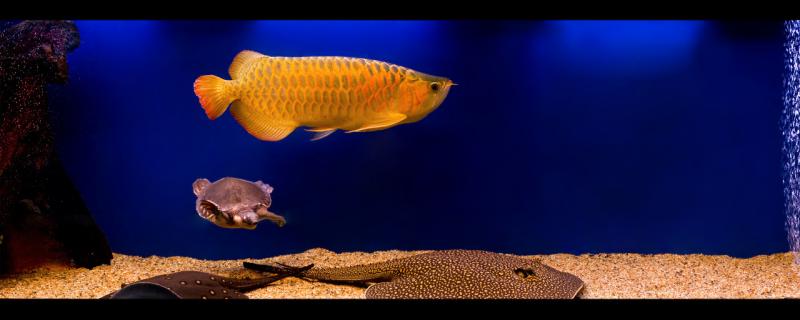 1. What is the best color for Arowana to eat
1. What is the best color for Arowana to eat Arowana can eat some small fish with bright body color, as well as some bumper shrimp, metapenaeus ensis, river shrimp and sea shrimp. These foods contain more astaxanthin, which can help them develop color better. In addition to these, breeders can regularly feed them centipedes, scorpions and other foods, which can also promote their hair color and make their body color more bright. However, scorpions and centipedes have certain toxicity, so breeders should pay attention to the feeding amount. Clean up before feeding to avoid poisoning.
In addition to these animal feeds, breeders can also regularly feed them with some color-enhancing feeds. Especially in the critical stage of their hair color, feeding colorful feed can speed up the hair color and make the body color brighter.
2. How to raise and color Arowana1. Stable environment: When Arowana develops color, breeders need to ensure the stability of their surrounding environment. Avoid getting sick due to too large temperature difference or sudden change of water quality. After getting sick, their body color will become dim. If they get sick in the color development stage, they may have uneven hair color.
2. Light: If breeders want to color Arowana better, they'd better ensure that they have enough light. Because they are pelagic fish, they can receive more light when growing in the wild. When cultured artificially, we should also ensure that they have sufficient light, so that they can develop color better.